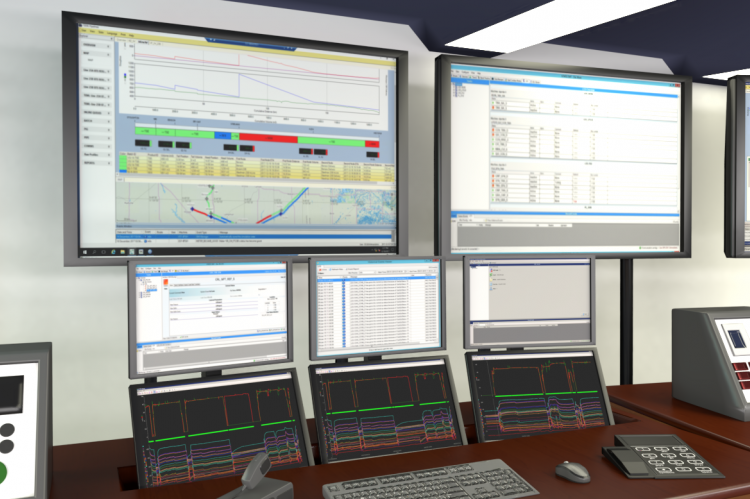Simplification Improves Batch-tracking Accuracy in Pipeline with Slack Conditions

A “lean model” that minimizes uncertainties by simulating only the necessary characteristics for batch tracking proves to be more accurate than complex models that make a plethora of assumptions in attempting to model every single characteristic of pipelines with extreme elevation changes and slack.
Energy supply chains require energy companies to transport crude oil from oil fields to refineries and refined products to regional depots. A recent report by the National Academies of Sciences, Engineering and Medicine (NASEM) found pipelines and barges to have more comprehensive safety systems than train transportation systems. Pipelines are preferred over trains and trucks in the transportation of crude oil and batched products not only because they are safer but also because they are efficient, cost-effective and cause less pollution.
Despite the significant transportation advantages of pipelines, permitting, protests and politics make it hard to add to the pipeline infrastructure not only in North America but virtually everywhere around the world. This capacity shortage keeps our multi-products fully operational, pumping millions of barrels of fuel, the energy-blood of the world economy, to most corners of the earth. To meet the rising demand, pipeline operators must juggle the limited capacities of pipelines and tanks to optimize the quantities of products pumped and minimize the volume of each product wasted when injecting product into a pipeline and delivering products to different tanks along pipeline routes. Understanding the exact positions of transmix volumes (contaminated volumes between consecutive batches of disparate quality) helps reduce waste by cutting only transmix from a batch when delivering to a tank.
When transporting multiple products in a pipeline, it is essential to always know the location of the head and tail of each batch.
The operator, informed on where batch interfaces are in real-time, will be ready to swing the valve at the exact time a batch arrives at a station to deliver product to the right storage tank or an end-customer with minimal contamination. The commercial department can use the accurate visual display of batch locations to optimize sales revenues.
It is relatively easy to track multiple batches in a pipeline with no elevation changes, and a fixed internal diameter. However, it is far more complicated to track multiple batches in a pipeline with drastic elevation changes and many different sizes in diameter. Column separation of the liquid, also known as slack, occurs when the pipeline pressure drops below the vapor pressure calculated at the liquid temperature in a specific area of the pipeline. This effect reduces the amount of liquid volume contained within the pipeline segment, changing the physical position of the batch head and tail interfaces, and affecting the accuracy of the corresponding Estimated Times of Arrival at upcoming stations. Draining or filling a pipeline section by delivering product at a higher rate than injected, or vice-versa causes the same effect.
A scientific approach calculates the areas of slack and volume contained within a pipeline and provides sufficient information to track batches with a high degree of accuracy. However, it is neither simple nor straightforward to simulate this phenomenon offline, and it is much more challenging in an online, real-time environment.

